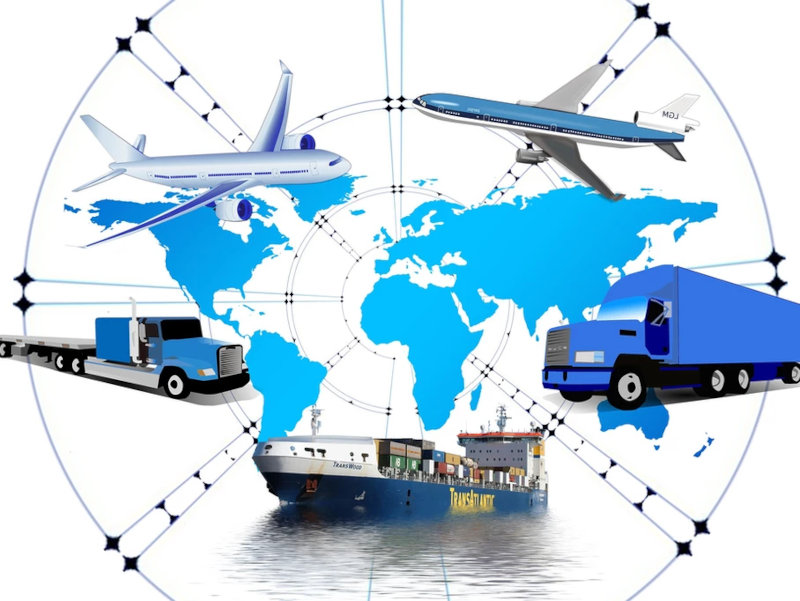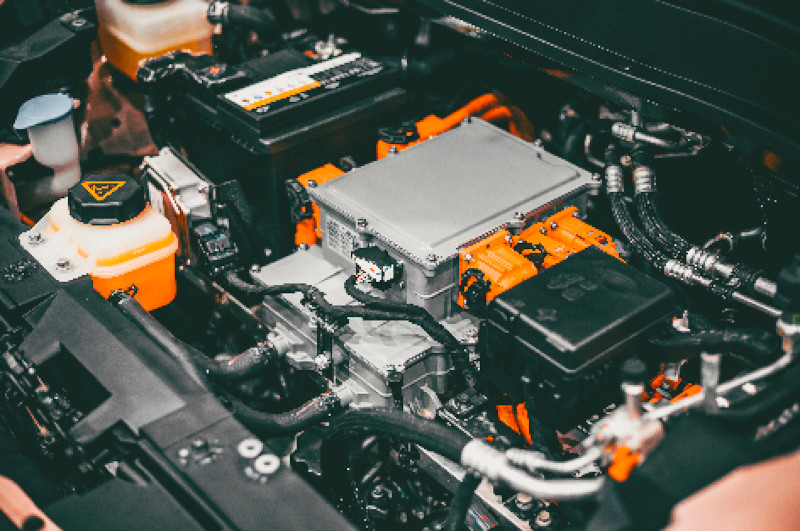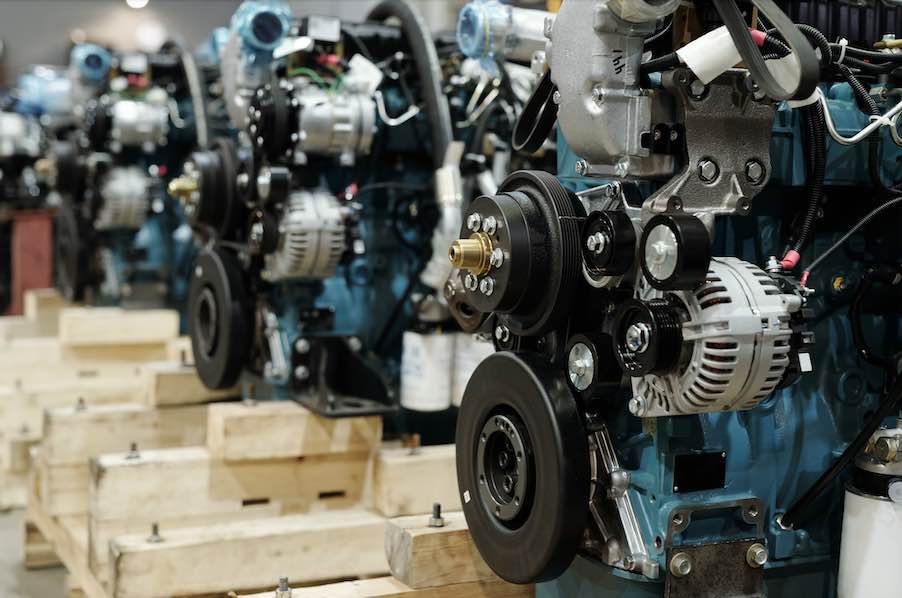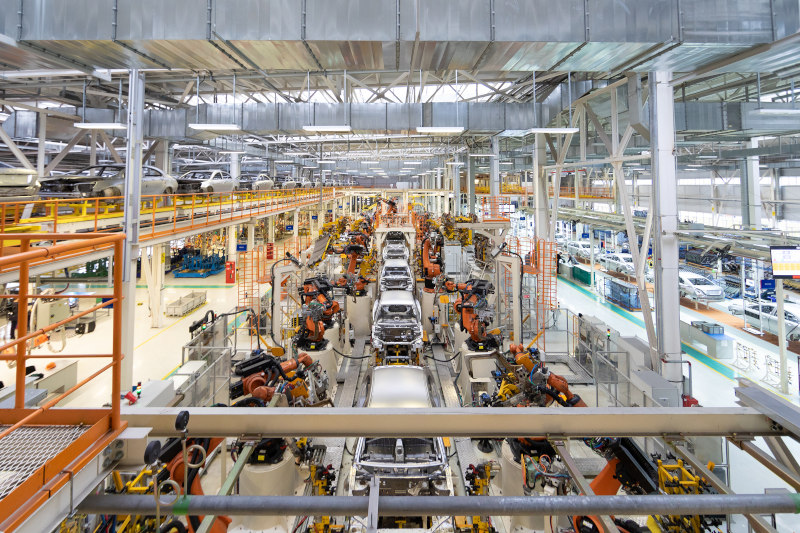Our world becomes more complex by the day, so clients expect more from packaging solution providers than a simple box. Packaging should perform well, have low environmental impact and be cost-effective.
This means that integrating packaging design with supply chain management is key. The supply chain focuses on the movement of goods from Point A to Point B, but optimized packaging design is often lost in the noise of logistics. However, packaging is the backbone of the supply chain flow—if a vertebrae breaks, the entire system suffers.
To convert packaging into a packaging system, you must optimize for design—and we don’t mean aesthetics. Optimized packaging design considers the ease of use (unloading and unloading), the kind of packaging and the method of transport.
Ease of Use
In order to keep the supply chain rolling, package handling should be simple. If loaders are fumbling with misplaced latches or must use unnecessary tools to perform their job, your bottom line will suffer. However, ease of use will be strongly influenced by the kind of packaging and materials used.
The Right Kind of Packaging System and Materials
Returnable packaging may be best in some situations, but expendable packaging may be best in others. For example, expendable packaging is best for one-way shipments or global transport, while returnable packaging is best for regular, frequent shipping. Environmentally conscious companies might find returnable packaging more appealing, but the word “expendable” need not raise alarm. Expendable packaging, while it won’t be reused for future shipments by a company, can still be recyclable or sold for reuse. There are plenty of ways to design expendable packaging that will reduce environmental impact.
Method of Transport
By default, product safety and minimizing damage during transport are two main goals of packaging design. But what about space optimization? Depending on the transport method, what slight changes can be made to ensure product safety AND create room for an additional rack, pallet, box or crate? Dunnage, or interior cushioning, is just as important as the outer packaging because it directly impacts the number of products that can be shipped at once.
Packaging design affects a product’s dependability and the dependability of a supply chain. Companies overlook the many of millions of dollars they could be saving because they won’t take the time to investigate their current supply chain influencers and optimize their packaging design. Often, it is the slightest of changes that make the biggest difference to a bottom line.
We have extensive experience designing packaging that meets our clients’ unique needs and transforms their supply chain. If you’d like to learn more about how we can optimize your bottom line or how we can help you create a packaging system, don’t hesitate to contact us!





